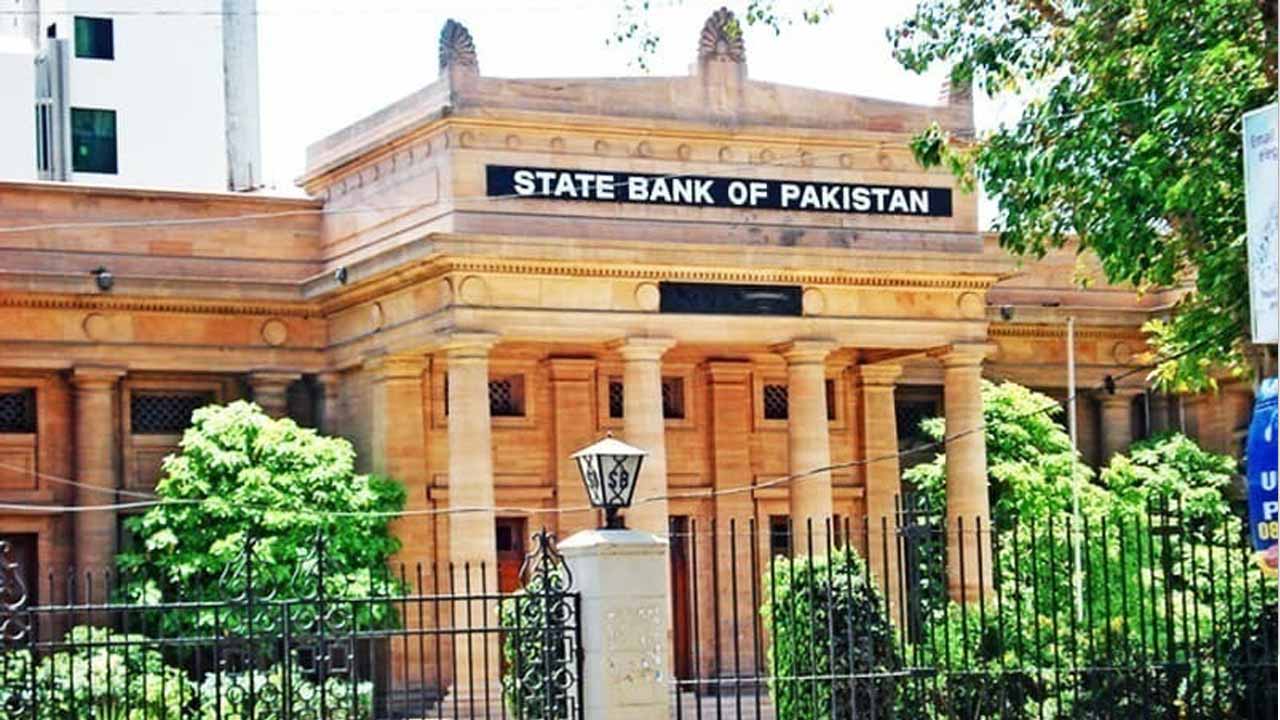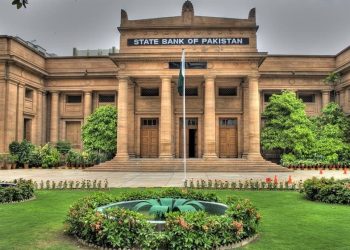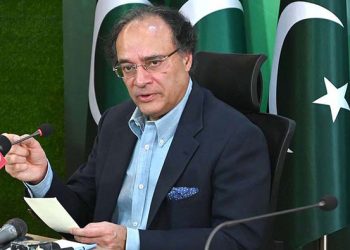In order to slow the economy and manage inflation, the State Bank of Pakistan (SBP) kept its policy rate at 15% for the upcoming two months.
According to the central bank’s Monetary Policy Statement, “to cool the overheating economy and contain the current account deficit (CAD), the policy rate has been increased by a total of 800 basis points since last September, some temporary administrative steps have recently been taken to curtail imports, and strong fiscal consolidation is planned for FY23.”
The SBP felt that it was wise to stop rate hikes at this time because recent inflation trends were consistent with expectations, domestic demand was starting to slow down, and the external position was improving.
Since the last meeting, the SBP noted headline inflation rose further to 24.9pc in July, with core inflation also ticking up, it said.
According to the SBP, the withdrawal of the energy subsidy package will continue to show up in inflation results for the rest of the fiscal year, as well as a trend in the prices of food products and last month’s exchange currency weakening.
The estimated $1.2 billion from the IMF, according to the central bank, will act as a spur for funding from bilateral and multilateral lenders.
The SBP verified that Pakistan had been successful in securing an additional $4 billion from friendly nations over its requirements for external funding in FY23.
On balance, the SBP noted that some greater slowdown in global growth would not be as harmful to Pakistan as for most other emerging economies, given the relatively small share of exports and foreign private inflows in the economy.
As a result, both inflation and the CAD should fall as global commodity prices ease, while growth would not be as badly affected, said the SBP.
The first quarter is expected to be the top for headline inflation, and the remaining three months of the fiscal year will see a modest decline. The lagged impacts of strict monetary and fiscal policies, the normalization of global commodity prices, and advantageous base effects are therefore anticipated to cause it to decline quickly and fall to the 5-7pc target range by the end of FY24.
“As anticipated, economic growth has slowed since the previous MPC. The majority of demand indicators have weakened; sales of cement, POL, fertilizers, and autos decreased month over month in July, while LSM growth practically halved year over year in June, according to the SBP.
Recent flooding brought on by unusually prolonged and strong monsoon rains poses hazards to agricultural production, particularly cotton and seasonal crops, and may restrain GDP this year.
The SBP said, “On consideration of the tightening of fiscal and monetary policies, the SBP continues to expect growth to slow to 3-4pc in FY23.
In July, the trade deficit was cut in half to $2.7 billion, with imports falling dramatically by 36.6 percent month over month and 10.4 percent year over year, while exports likewise decreased by 22.7 percent month over month.
Due to administrative restrictions, imports decreased and the rupee appreciated as uncertainty about the IMF program decreased. However, the SBP stated that the administrative measures are not sustainable and will need to be relaxed in the upcoming months.
It will be critical that the envisaged fiscal consolidation in FY23 is delivered and that strong measures are taken to curtail energy imports. Such measures include early closure of markets, reduced electricity use by residential and commercial customers, and greater encouragement of work from home and car pooling, said the SBP.
With the expected completion of the upcoming IMF review and the additional assistance secured from friendly countries, foreign exchange reserves are projected to rise to around $16bn during FY23, said the SBP, adding that to ensure this and to support the rupee, it will be important to contain the CAD to around 3pc of GDP by moderating domestic demand and energy imports.
The SBP said that for the first time in seven years, the FY23 budget targets a primary surplus, on the back of significantly higher tax revenue. It envisages a strong fiscal consolidation of around 3pc of GDP, which is appropriate to cool the economy and ensure a reduction in inflation and the CAD throughout the year.
Inflows from friendly countries
SBP Acting Governor Murtaza Syed claimed Pakistan had arranged $4 billion in loans from friendly nations when speaking with brokerage analysts on Monday.
“Pakistan will receive $2 billion from Qatar, $1 billion under the deferred oil facility from Saudi Arabia, and $1 billion investments from the UAE in several industries,” he said.
For FY23, Pakistan’s gross finance requirements—which take into account the money needed for CAD and debt repayments—would be roughly $30 billion.
According to him, $37 billion in financing is expected to be made available for this in FY23. After Pakistan obtained $4 billion in financing from friendly nations, the amount increased.






